

When Crete was conquered in 1211, Venice established
in Candia (Heraklion) the administrative center of the island. The importance which
the Venetians paid to the city becomes evident by the fact that Candia
was the first town they conquered and the last they abandoned to the hands of
the Ottomans, four hundred and fifty years later, after a fierce resistance
that lasted 21 years.
The impressive economical, demographic and urban
growth turned the small provincial byzantine port into one of the most
important trade centers of the Mediterranean. The older fortifications of the
city were reinforced during the 15th c. Yet, the invention of the
gun powder and the use of cannons forced the Venetians to design a new, larger
and more effective defensive zone, reinforced with bastions. These new
fortifications were meant to protect the city during the Ottoman siege.
The urban development was decisively affected by the
fortification zones. The first urban core was developed inside the older defensive
zone and the city’s administrative center occupied the area from the main south
gate (Porta Maestra) and along the main street (Ruga Maistra) which connected
the gate to the port. The city was organized on the basis of the Venetian archetypes,
with large public buildings, a large number of churches and monasteries,
luxurious domestic residences and imposing fountains. Around the central
square, la Piazza dei Signiori or the Square of the Lords, were situated the
Palace of the Duke of Crete, the ducal church of Saint Marc, the Palace of the General
Commander, the Palace of the Admiral and the Club of the Noblemen
(Loggia). A
few meters to the North there was the catholic archbishopric church of Saint
Titus. In the center of the Cereal Square (Piazza delle Biade), which took its
name from the large warehouse to the South, commander Francesco Morosini
constructed in 1628 the famous fountain that bears his name.
Of the numerous
catholic and orthodox churches mentioned by the written sources, only few
survived or were revealed in ruins. Among the catholic churches that survived
almost intact one can list the church of Saint Peter of the Dominicans, Saint
John the Baptist of the Franciscans and Virgin Mary of the Crusaders. Only a small
part of the imposing church of Saint Francis of the Franciscans has survived
under the building of the Archeological Museum. The few orthodox churches that have
been preserved are Saint Catherine, Saint Anastasia, Saint Onouphrios, Saint
Mathew and Pantanassa (actually the south aisle of the old metropolitan church
of Saint Menas).
 | 1. Heraklion, Rabdh el Khandaq, Chandax, Candia, Megalo Kastro The adventure of a city | |
|---|---|---|
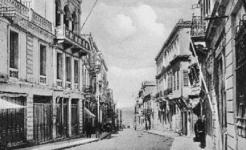 | 1.2 The public buildings | |
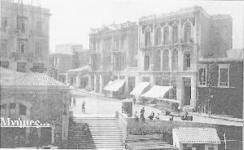 | 1.2.1 Ruga Magistra (Maistra) | |
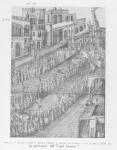 | 1.2.2 The Ducal Palace | |
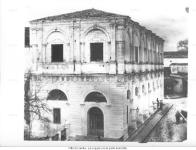 | 1.2.3 The Venetian Loggia | |
 | 1.2.4 The Warehouse for the Cereals (Fondaco) | |
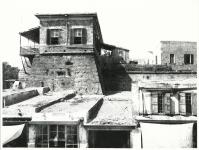 | 1.2.5 The Gate “Voltone” | |
 | 1.3 The orthodox churches | |
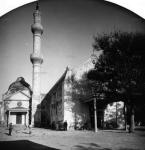 | 1.3.1 St. Catherine of Sinai | |
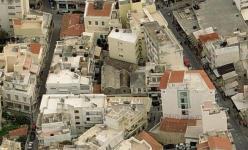 | 1.3.2 Saint Anastasia | |
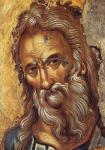 | 1.3.3 The Church of St. Mathew, dependency of Sinai | |
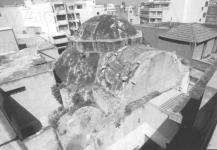 | 1.3.4 St. Onouphrios | |
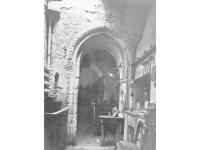 | 1.3.5 Virgin of the Angels (Santa Maria degli Angelis in Beccharia) | |
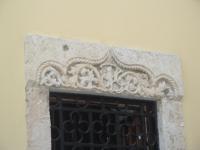 | 1.3.6 Church of the Virgin Pantanassa (southern aisle of the old Metropolis / old church of St. Menas) | |
 | 1.4 The Latin Churches | |
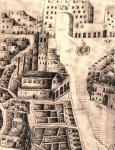 | 1.4.1 The basilica of St. Marc (ducal church) | |
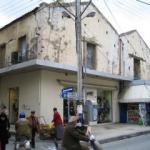 | 1.4.2 The church of Saint John the Baptist | |
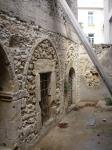 | 1.4.3 Saint Paul of the Servites (Servants of Mary) | |
 | 1.4.4 The monastery of St. Francis of the Franciscans | |
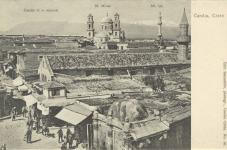 | 1.4.5 Santa Maria di Piazza (Madonina) | |
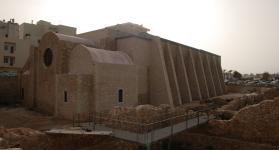 | 1.4.6 The Monastery of St. Peter of the Dominicans | |
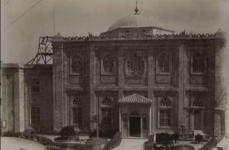 | 1.4.7 The Church of St. Titus (Latin Archdiocese) | |
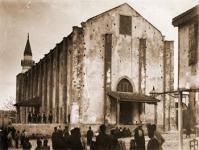 | 1.4.8 The church of San Salvatore | |
 | 1.5 The fountains and hydraulic works | |
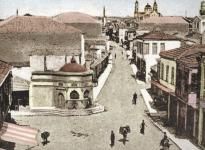 | 1.5.1 The Fountain of the Ruga Panigra (Strata Larga) | |
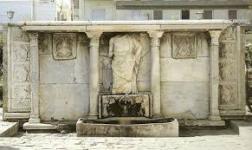 | 1.5.2 The Bembo fountain | |
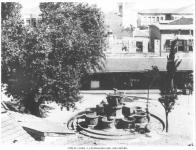 | 1.5.3 The Morozini Fountain | |
 | 1.5.4 The Priuli fountain | |
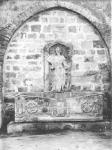 | 1.5.5 The Sagredo fountain |